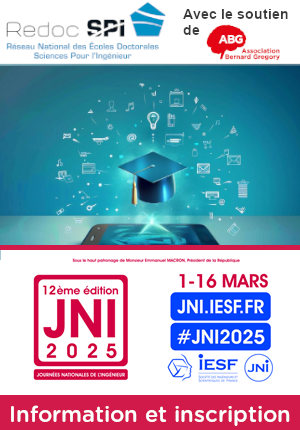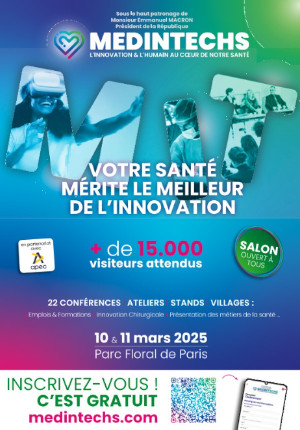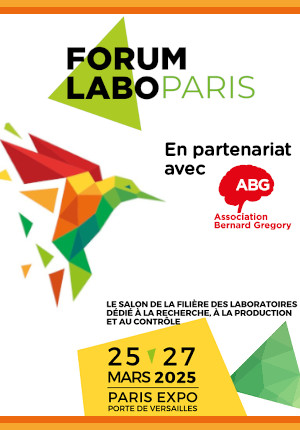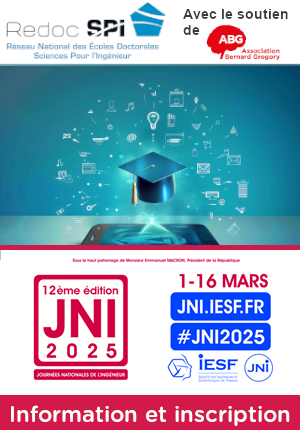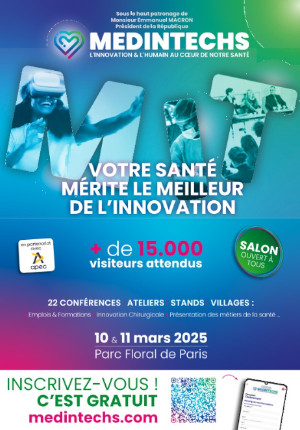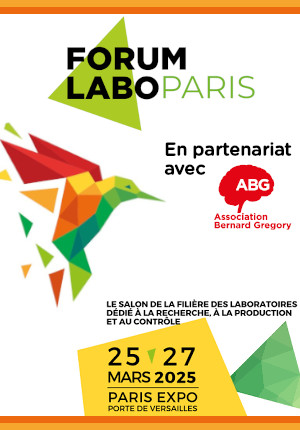Understanding the effect of organic and inorganic matrices on the mechanisms controlling nanoparticle transport in porous media
| ABG-128507 | Sujet de Thèse | |
| 12/02/2025 | Contrat doctoral |
- Ecologie, environnement
Description du sujet
Nanoparticles (NPs), emerging pollutants and tiny particles under 100 nanometers in size, represent a special threat due to the broad and efficient application within modern technologies (1-3). They can enter the soil through industrial spills but they can also be used intentionally to clean the soil (e.g. they have been used to remove a range of pollutants from soil (4)). Models suggest that soil is a major receptor of NPs —more so than air or water but NPs can also infiltrate through the vadose zone to the water-table and the groundwater flow.
Due to the complexity of soils (minerals, organic matter, microorganisms …) and the technical issues to measure soil contamination in situ, many powerful environmental models predicting the fate and transport of contaminants in soils are being developed (5–7). However, there are still limitations with respect to comprehensive predictions of contaminant fate in soils. For instance, the transport mechanisms are inferred from particle breakthrough curves (BTCs) measured in the column effluents, which interpretation is likely to be non-unique (8).
Originality of the project:
To better analyze BTCs data, we have used during recent years Magnetic Resonance Imaging (MRI) to obtain images inside the studied samples to observe both dynamic and static phenomena of NPs during transport experiments (9–13). However, this has been done in model systems (mineral part of soils) without taking into account the interactions with soil organic matter (SOM). In this project, we will include the study of the interactions between NPs and SOM in systems of different complexity in order to be able to better modeling the transport of NPs in soils.
Scientific methodology:
The experimental conditions will be designed to mimic the interactions of NPs (neutral, negatively charged and positively charged) in soils of increasing complexity. NPs will be prepared and characterized in terms of size and surface properties (e.g zeta potential, single particle inductively coupled plasma mass spectrometry (spICP-MS)). The suspensions will be injected in model soils prepared in the laboratory and packed in laboratory columns. Moreover, NPs with different functional groups will be used to investigate the consequence of adsorption of contaminants into the well characterized porous surface. Finally, under different saturation conditions will be used (60-100%). The hydrodynamic parameters of the laboratory columns will be determined before the suspensions are injected. Then, the eluates leaving the columns will be characterized to follow the evolution of the NPs' major element concentrations (e.g. Ti, Fe....) in a conventional way (BTC), but also of the eluted particles' properties by spICP-MS and DLS (particle size). MRI experiments will allow the observation of pulse front and adsorption of NPs inside the columns. The overall aim is to determine the processes responsible for migration and retention using non-invasive MRI to elucidate the non-uniqueness of BTCs.
This PhD project will focus on three main actions:
1) Transport experiments in sand packings, clay- or/and LHA-coated sand.
2) MRI monitoring of selected transport experiments.
3) MRI monitoring under different saturation conditions.
References
(1) Hagens, W. I.; Oomen, A. G.; de Jong, W. H.; Cassee, F. R.; Sips, A. J. A. M. What Do We (Need to) Know about the Kinetic Properties of Nanoparticles in the Body? Regulatory Toxicology and Pharmacology 2007, 49 (3), 217–229.
https://doi.org/10.1016/j.yrtph.2007.07.006.
(2) Nemmar, A.; Hoet, P. H. M.; Vanquickenborne, B.; Dinsdale, D.; Thomeer, M.; Hoylaerts, M. F.; Vanbilloen, H.; Mortelmans, L.;Nemery, B. Passage of Inhaled Particles Into the Blood Circulation in Humans. Circulation 2002, 105 (4), 411–414.
(3) Takenaka, S.; Karg, E.; Roth, C.; Schulz, H.; Ziesenis, A.; Heinzmann, U.; Schramel, P.; Heyder, J. Pulmonary and Systemic Distribution of Inhaled Ultrafine Silver Particles in Rats. Environmental Health Perspectives 2001, 109 (suppl 4), 547–551. https://doi.org/10.1289/ehp.01109s4547.
(4) Araújo, R.; Castro, A. C. M.; Fiúza, A. The Use of Nanoparticles in Soil and Water Remediation Processes. Materials Today: Proceedings 2015, 2 (1), 315–320. https://doi.org/10.1016/j.matpr.2015.04.055.
(5) Alexander, M. Aging, Bioavailability, and Overestimation of Risk from Environmental Pollutants. Environmental Science &Technology 2000, 34 (20), 4259–4265. https://doi.org/10.1021/es001069+.
(6) McGinley, P. M.; Katz, L. E.; Weber, W. J. A Distributed Reactivity Model for Sorption by Soils and Sediments. 2.Multicomponent Systems and Competitive Effects. Environmental Science & Technology 1993, 27 (8), 1524–1531.
https://doi.org/10.1021/es00045a006.
(7) Lafolie, F.; Hayot, C.; Schweich, D. Experiments on Solute Transport in Aggregated Porous Media: Are Diffusions Within Aggregates and Hydrodynamic Dispersion Independent? Transport in Porous Media 1997, 29 (3), 281–307.
https://doi.org/10.1023/A:1006513725029.
(8) Tufenkji, N.; Elimelech, M. Breakdown of Colloid Filtration Theory: Role of the Secondary Energy Minimum and Surface Charge Heterogeneities. Langmuir 2005, 21 (3), 841–852. https://doi.org/10.1021/la048102g.
(9) Nestle, N.; Baumann, T.; Niessner, R. Peer Reviewed: Magnetic Resonance Imaging in Environmental Science. Environmental Science & Technology 2002, 36 (7), 154A-160A. https://doi.org/10.1021/es0222723.
(10) Lehoux, A. P.; Faure, P.; Michel, E.; Courtier-Murias, D.; Rodts, S.; Coussot, P. Transport and Adsorption of Nano-Colloids in Porous Media Observed by Magnetic Resonance Imaging. Transport in Porous Media 2017, 119 (2), 403–423.
https://doi.org/10.1007/s11242-017-0890-4.
(11) Lehoux, A. P.; Faure, P.; Lafolie, F.; Rodts, S.; Courtier-Murias, D.; Coussot, P.; Michel, E. Combined Time-Lapse Magnetic Resonance Imaging and Modeling to Investigate Colloid Deposition and Transport in Porous Media. Water Research 2017, 123,12–20. https://doi.org/10.1016/j.watres.2017.06.035.
(12) Lehoux, A. P.; Rodts, S.; Faure, P.; Michel, E.; Courtier-Murias, D.; Coussot, P. Magnetic Resonance Imaging Measurements Evidence Weak Dispersion in Homogeneous Porous Media. Physical Review E 2016, 94 (5). https://doi.org/10.1103/PhysRevE.94.053107.
(13) Raimbault, J., Peyneau, P.-E., Courtier-Murias, D., Bigot, T., Gil Roca, J., Béchet, B., Lassabatère, L. Investigating the impact of exit effects on solute transport in macroporous media. Hydrology and Earth System Sciences, 2021, 25(2), 671-683.
Nature du financement
Précisions sur le financement
Présentation établissement et labo d'accueil
Université Gustave Eiffel campus de Nantes
This PhD project will benefit from the research environment of the ANR project COMMON (2025-2029, PI: Denis Courtier-Murias) and focus on the “transport” axis of the project. Thus, the PhD candidate will strongly interact with another PhD working on the interactions of NPs and soil matrix and a postdoc which will use experimental data to improve NPs modelling in soils. The selected candidate will be supervised by Denis Courtier-Murias, Pierre-Emmanuel Peyneau and Béatrice Bechet (GERS-EE).
Profil du candidat
Candidates must hold an MSc/MEng in Chemistry, Agricultural/Environmental Sciences, or related fields with a previous experience on contaminant transport experiments. PhD candidates with self-initiative and commitment to work both independently and as part of a multidisciplinary team will be highly appreciated. Candidates should possess an excellent academic record. Excellent oral and written communication skills are also required. She/he will present the PhD work in international conferences (Eurosoil, EGU …), write scientific articles and should supervise MSc/MEng students.
Vous avez déjà un compte ?
Nouvel utilisateur ?
Vous souhaitez recevoir nos infolettres ?
Découvrez nos adhérents
 Groupe AFNOR - Association française de normalisation
Groupe AFNOR - Association française de normalisation  PhDOOC
PhDOOC  Institut de Radioprotection et de Sureté Nucléaire - IRSN - Siège
Institut de Radioprotection et de Sureté Nucléaire - IRSN - Siège  ANRT
ANRT  Tecknowmetrix
Tecknowmetrix  SUEZ
SUEZ  Nokia Bell Labs France
Nokia Bell Labs France  TotalEnergies
TotalEnergies  CESI
CESI  CASDEN
CASDEN  Laboratoire National de Métrologie et d'Essais - LNE
Laboratoire National de Métrologie et d'Essais - LNE  ONERA - The French Aerospace Lab
ONERA - The French Aerospace Lab  MabDesign
MabDesign  Aérocentre, Pôle d'excellence régional
Aérocentre, Pôle d'excellence régional  Institut Sup'biotech de Paris
Institut Sup'biotech de Paris  ADEME
ADEME  Ifremer
Ifremer  Généthon
Généthon  MabDesign
MabDesign



